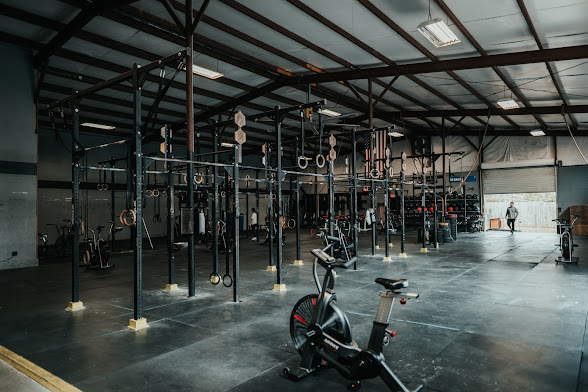Protecting your knees while using a treadmill is crucial to prevent injuries and ensure a safe and effective workout. Here are some tips to help protect your knees:
Proper Footwear:
- Wear supportive and well-cushioned athletic shoes that are suitable for your foot type and the type of exercise you'll be doing. Shoes with proper arch support and shock absorption can help reduce impact on your knees.
Warm-Up:
- Begin your treadmill session with a proper warm-up. Engage in light cardiovascular activity for 5-10 minutes to increase blood flow to your muscles and prepare your joints for more intense exercise. You can walking on SupeRun Under Desk Treadmill.
Maintain Good Posture:
- Stand upright with your head aligned over your spine and shoulders relaxed.
- Avoid leaning too far forward or backward, as poor posture can contribute to stress on your knees.
Gradual Progression:
- Start with a moderate pace and incline, especially if you are new to treadmill workouts. Gradually increase the intensity to allow your muscles and joints to adapt.
Proper Stride Length:
- Maintain a natural and comfortable stride length. Overstriding or taking excessively long steps can increase stress on your knees.
Avoid Overdoing Incline:
- While incline can be beneficial for calorie burn, avoid setting the treadmill at a steep incline if you have knee issues. Too much incline can put excessive stress on your knees.
Cushioned Treadmill Surface:
- Choose a treadmill with a cushioned surface to reduce impact on your joints. Some treadmills offer adjustable cushioning settings.
Listen to Your Body:
- Pay attention to any pain or discomfort in your knees during or after your workout. If you experience pain, consider reducing intensity, modifying your workout, or consulting with a healthcare professional.
Strength Training:
- Incorporate strength training exercises that target the muscles around your knees, such as quadriceps, hamstrings, and calves. Strong muscles provide better support for your knee joints.
Cross-Training:
- Include a variety of exercises in your routine to reduce the repetitive stress on your knees. Incorporate activities like cycling, swimming, or strength training on non-treadmill days.
Cool Down and Stretching:
- Finish your treadmill workout with a proper cool down, including static stretching for your leg muscles. This helps improve flexibility and reduce muscle tension.
Consult a Professional:
- If you have pre-existing knee issues or concerns, consider consulting with a fitness professional or healthcare provider for personalized advice and modifications to your workout routine.
Remember, everyone's body is different, and it's essential to tailor your treadmill workout to your individual needs and fitness level. If you experience persistent knee pain or discomfort, it's advisable to seek guidance from a healthcare professional for a thorough evaluation.












